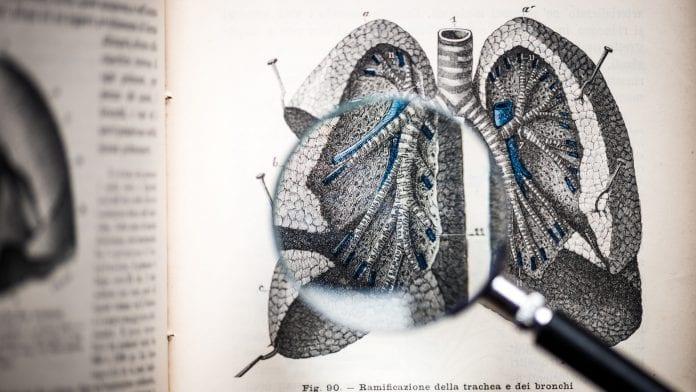
According to Johns Hopkins Medicine, USA, lung transplant discrimination may still be occurring across the nation.
Court filing prompted change in lung allocation policy in 2017 to make the system fairer, however geographic discrimination in allocating lungs for transplant may still be occurring. Results of a medical records study, now published in the American Journal of Transplantation, of more than 7,000 patients awaiting a lung transplant in the United States affirm the basis of a court filing in 2017 highlighting lung transplant discrimination. Patients called the organ allocation system geographically manipulated or ‘rigged’ in some regions of the nation.
Transplant discrimination
Martin Kosztowski, M.D., M.P.H, a research fellow at Johns Hopkins University School of Medicine, USA, explains: “The data told us that where transplant candidates live unfortunately had (and continues to have) a huge impact on the probability of receiving a transplant.”
“And it means that patients who have the resources to travel to a different donor service area (DSA) or list at multiple centres are at an advantage.”
The lawsuit was first brought on behalf of a young woman on a transplant waiting list who claimed that she was experiencing lung transplant discrimination against her due to her location, New York City.
Moreover, less sick people just across the Hudson River in New Jersey, the suit claimed, were receiving organs faster.
Prevention measures of lung transplant discrimination
The United Network for Organ Sharing (UNOS) guidelines called for donor lungs to be assigned to the sickest patients on a regional basis, a system designed to use donor organs locally because of time constraints. Lungs that became available in a specific region would first go to someone waiting within that region, even if there was a sicker patient elsewhere.
But the United States District Court for the Southern District of New York filing claimed the guidelines were unnecessarily discriminatory, and in response, the UNOS changed its policy so that lungs would be offered to the highest-ranking candidate within 250 nautical miles, rather than within specific boundaries.
Transplants are outpacing donations
Certain places in the country, Kosztowski points out, have much higher lung transplant organ donation rates because of the rising drug overdose pandemic or deaths due to traumatic events, as well as trends in local donor organisations communicating with families and communities about the importance of organ donation.
In addition, demand for lung transplants continuously outpaces donations, and nationwide there are generally more than a thousand patients waiting for a lung at any time. For every hundred patients on a wait list for one year, roughly 15 die. Patients waiting for lung transplants, as well as those who have just received transplants, cost the health care system thousands of dollars a month.
Although lung transplantation is a large operation and can be pricey, according to the researchers, improvement in quality of life for patients and their families is worth it.






















